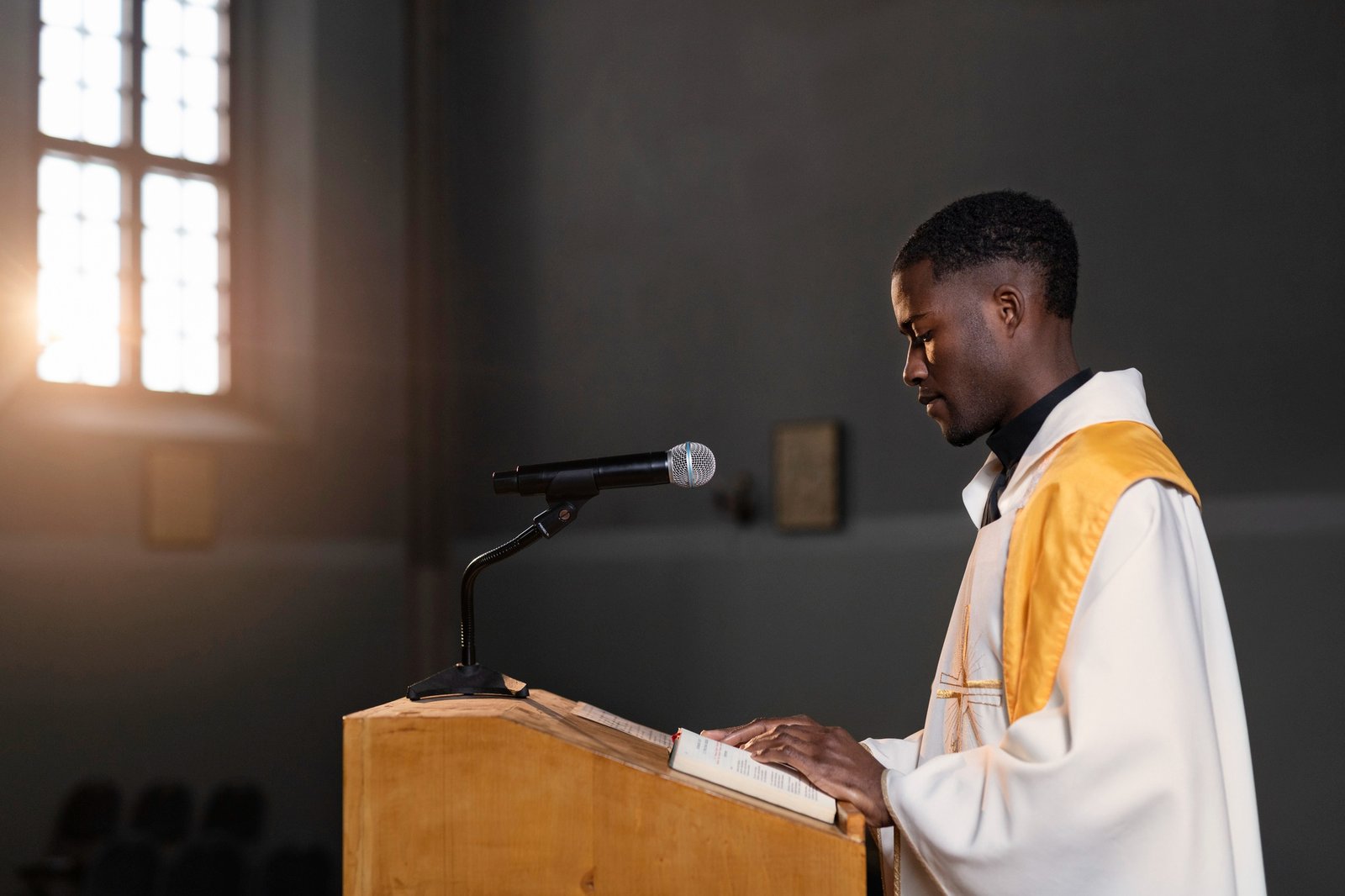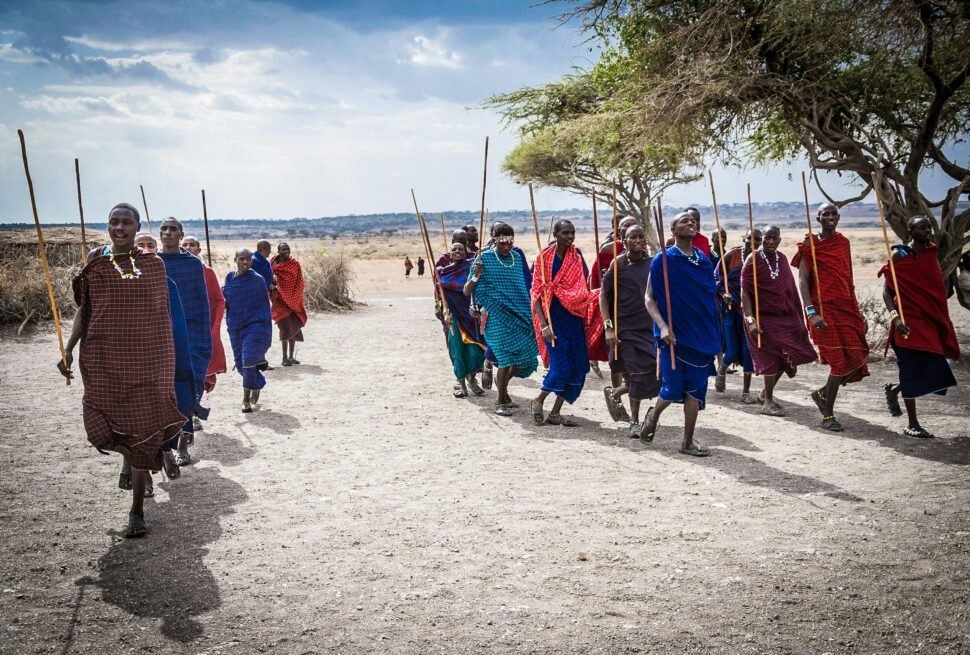Table of Contents
Introduction
Religion in Tanzania is more than just belief or ritual; it’s a way of life that shapes daily routines, family traditions, and community bonds. Understanding religion in Tanzania allows travelers to connect more deeply with the people and to see how faith guides everything from family values to environmental protection. This article explores the religious history, practices, and cultural expressions found in Tanzania today, as well as how visitors can respectfully engage with Tanzania’s spiritual heritage.
Historical Roots of Religion in Tanzania
Religion in Tanzania has a long history shaped by indigenous beliefs, foreign influences, and peaceful coexistence between different faiths. Let’s look at how different religious practices arrived and took root in Tanzania.
1.1 Indigenous Beliefs and Cultural Traditions
Before the arrival of Islam and Christianity, Tanzania was home to many indigenous religions. These traditional beliefs focused on nature, ancestors, and spiritual practices passed down for generations.
- Connection to Nature: Tanzanian traditional beliefs often view nature as sacred. Rivers, mountains, and forests are seen as places where spirits live.
- Ancestral Worship: Many communities believe that ancestors watch over them, acting as guides or protectors.
- Rituals and Ceremonies: To honor their ancestors and nature spirits, Tanzanians hold ceremonies that include music, dance, and offerings. These events are not just religious but also reinforce cultural unity.
1.2 The Arrival of Islam Along the Coast
Islam reached Tanzania long before European explorers. Coastal trade routes with the Middle East brought Islam to the region, especially along the east coast and islands like Zanzibar. By the 8th century, Islam was already taking root in coastal towns.
- Impact on Swahili Culture: The Swahili people, who live mainly along the coast, embraced Islam, making it a core part of their identity.
- Architecture and Art: Mosques and Arab-influenced buildings are common in cities like Dar es Salaam and Zanzibar. Islamic art and calligraphy are also seen in many Swahili homes.
- Language and Trade: Arabic words entered the Swahili language, influencing how Tanzanians speak and interact even today.
1.3 Christian Missionary Influence in the Interior
Christianity came to Tanzania through European missionaries in the 19th century. Christian missionaries built schools, hospitals, and churches, making a lasting impact on the country’s education and health systems.
- Education and Healthcare: Many schools and hospitals were initially built by Christian missionaries, which helped expand literacy and public health.
- Community Life: Churches became places not only of worship but also of social support, providing food, clothing, and shelter to those in need.
- Cultural Practices: In areas where Christianity is dominant, festivals like Christmas and Easter are celebrated with feasts, music, and community gatherings.
The Religious Demographic Landscape of Modern Tanzania
Today, Tanzania is home to a mix of religions. Islam and Christianity are the most widespread, but traditional beliefs remain important, particularly in rural areas. Let’s explore these groups and how they shape Tanzania’s social landscape.
2.1 Islam and Christianity: The Two Major Faiths
About 35% of Tanzanians are Muslim, mostly living along the coast and in Zanzibar. Christianity, with about 60% of the population, is more common in the mainland’s central and western areas.
- Coastal Influence of Islam: Coastal regions and islands, especially Zanzibar, are predominantly Muslim, influencing cultural traditions like dress and social interactions.
- Christian Majority in Inland Regions: Inland regions and urban centers like Arusha, Dodoma, and Mbeya have more Christian communities, and churches are central to many people’s lives.
- Peaceful Coexistence: Although Tanzania has diverse religious groups, religious tolerance is strong, with interfaith marriages, friendships, and celebrations being common.
2.2 Indigenous and Syncretic Beliefs
Many Tanzanians combine their faith with traditional beliefs, creating a unique mix of practices.
- Blending Traditions: For example, some Christians and Muslims in Tanzania still honor ancestral spirits or celebrate harvest festivals that predate these religions.
- Customs and Superstitions: Indigenous beliefs include practices for good luck, warding off evil, and honoring spirits, especially during ceremonies and life events.
Religion in Daily Tanzanian Life
Religion is a central part of daily life in Tanzania. From prayer routines to family gatherings, faith guides social norms and community values.
3.1 Religious Practices and Routines
Daily prayers, weekly worship, and annual festivals are important parts of Tanzanian religious life.
- Muslim Prayers: In Muslim areas, the call to prayer (Adhan) is heard five times a day. It marks the rhythm of daily life, and mosques are filled with people praying at these times.
- Christian Worship: For Christians, Sundays are a day for church and community gatherings. Worship often includes singing, dancing, and sermons.
- Festivals and Holy Days: Both Islam and Christianity celebrate several holy days each year. These festivals often bring together families and neighbors for feasting, music, and community prayers.
3.2 The Role of Faith in Family and Community Life
Religion is at the heart of family traditions and community interactions.
- Family Gatherings: Religious celebrations are times for families to come together. For example, during Ramadan, Muslim families break their daily fasts with shared meals.
- Community Support: Churches and mosques provide social services, from charity to counseling, and are places where people can seek help.
- Hospitality and Generosity: Tanzanians are known for their hospitality, often sharing meals and welcoming guests, as religious teachings encourage kindness and generosity.
Faith and Festivals: Experiencing Religious Celebrations in Tanzania
For travelers, attending religious festivals can offer a unique view into Tanzania’s culture. Each festival has its own customs, foods, and rituals, providing visitors with a memorable experience.
4.1 Muslim Celebrations: Eid and Ramadan Traditions
Islamic festivals in Tanzania are marked by food, prayers, and community events, especially during Eid and Ramadan.
- Eid al-Fitr: At the end of Ramadan, Tanzanian Muslims celebrate Eid al-Fitr with large feasts, wearing new clothes, and exchanging gifts.
- Ramadan: During the holy month, Muslims fast from sunrise to sunset. In the evenings, families and friends come together for Iftar (the meal that breaks the fast).
- Coastal Gatherings: In places like Zanzibar, entire communities join in public prayers and feasts, making it a lively and joyful time.
4.2 Christian Festivals: Easter, Christmas, and Local Traditions
Christian holidays are observed with music, food, and community events.
- Christmas: Tanzanian Christians celebrate Christmas with church services, parades, and gatherings. The day is often marked by sharing meals, singing carols, and dancing.
- Easter: Easter is a time of both reflection and celebration, with solemn church services followed by feasting and community bonding.
- Local Customs: In some areas, Tanzanian Christians have added local elements to these celebrations, such as traditional dances and foods.
4.3 Indigenous Spiritual Celebrations and Harvest Festivals
Many communities still honor traditional beliefs with festivals related to nature, ancestors, and harvest times.
- Harvest Celebrations: Rituals thank ancestors and spirits for a good harvest and ask for protection for the coming year.
- Community Participation: These events often include music, dancing, and offerings to nature spirits, and everyone in the community is invited to participate.
Religion, Wildlife, and Conservation
In Tanzania, religious and traditional beliefs often encourage respect for the environment, creating a link between faith and conservation.
5.1 Faith-Based Conservation Practices
Indigenous beliefs consider certain animals, trees, and landscapes as sacred. These beliefs lead to practices that protect wildlife and the environment.
- Animal Spirits: Some animals are thought to have spiritual significance, and harming them is seen as disrespectful.
- Rituals for Respect: Local communities may perform ceremonies to honor animals or the land, promoting a sustainable approach to nature.
- Shared Responsibility: Many Tanzanians see protecting the environment as a shared duty that honors both God and the spirits of their ancestors.
5.2 Sacred Sites and Nature Reserves
Many sacred sites in Tanzania are also protected as nature reserves, which means that religious and environmental preservation go hand-in-hand.
- Sacred Forests and Mountains: Some forests and mountains are considered holy and are preserved by the community as a part of their spiritual duty.
- Cultural Conservation: By protecting these places, local communities conserve both their culture and the natural beauty of Tanzania.
A Guide for Respectful Engagement with Tanzanian Faiths
Travelers who wish to learn about Tanzanian religion and culture can do so by following respectful guidelines. Being aware of local customs shows appreciation for Tanzania’s unique cultural heritage.
6.1 Religious Etiquette for Travelers
Here are some basic tips for respectfully engaging with Tanzanian religious practices.
- Dress Modestly: When visiting religious sites or public places, wearing modest clothing is important, especially in Muslim areas.
- Observe Quietly: Avoid loud conversations or disruptive behavior in places of worship.
- Photography: Ask permission before taking photos of people, religious ceremonies, or sacred sites.
6.2 Visiting Religious Sites with Cultural Sensitivity
When visiting mosques, churches, or indigenous sites, it’s helpful to know some local expectations.
- Shoes Off in Mosques: Removing shoes before entering a mosque is a sign of respect.
- Quiet Observation: If attending a service, sit quietly and observe without interfering.
- Respect for Sacred Objects: Don’t touch or disturb religious items without permission, as these may hold spiritual significance.
Conclusion
Religion is a powerful part of Tanzanian life, shaping traditions, festivals, and even environmental protection. By learning about Tanzania’s religious landscape, travelers can gain a deeper understanding of this beautiful country and its people. Whether it’s witnessing a traditional ceremony, hearing the call to prayer, or joining a church celebration, experiencing religion in Tanzania offers valuable insights into the values and beliefs that make Tanzania unique.




